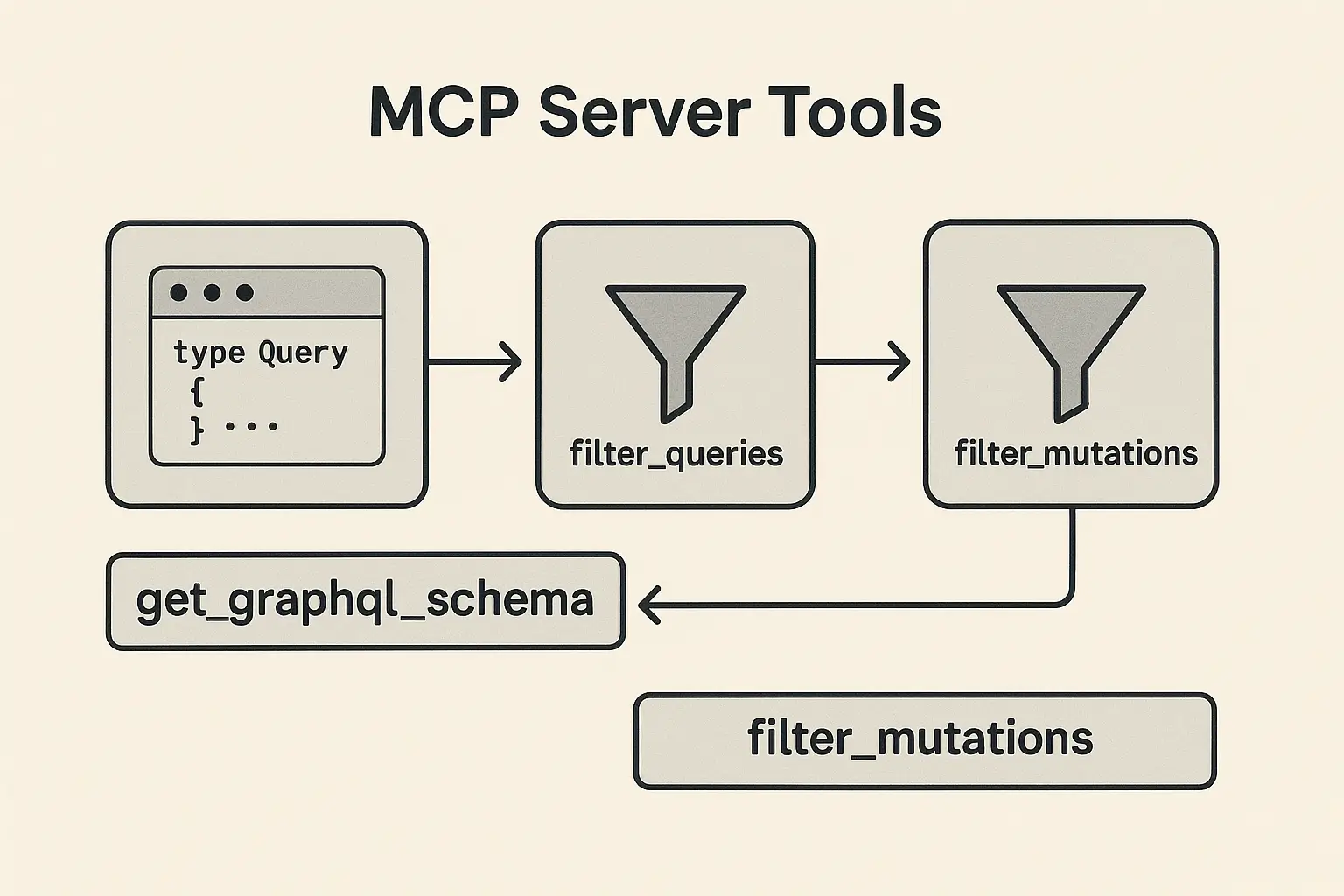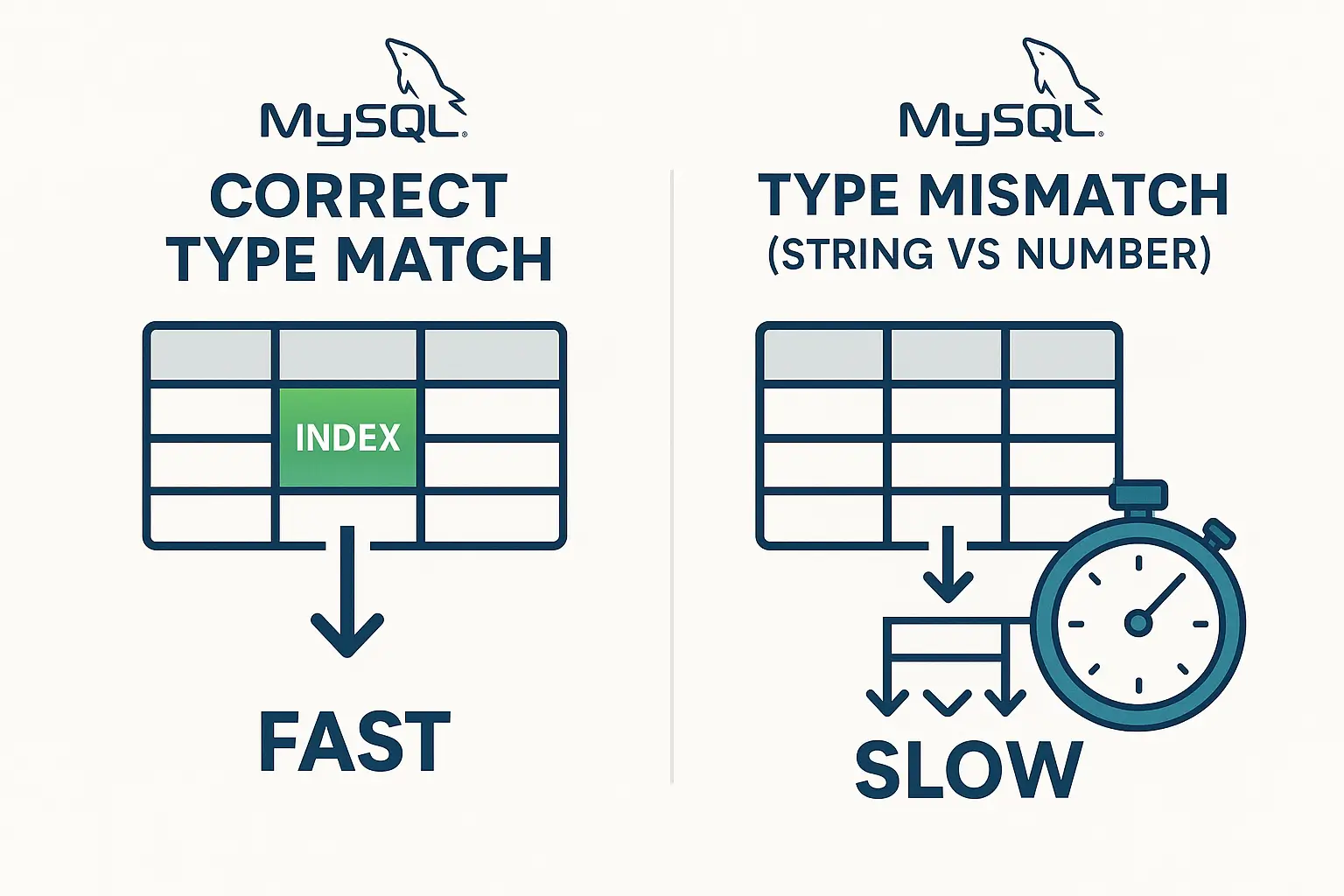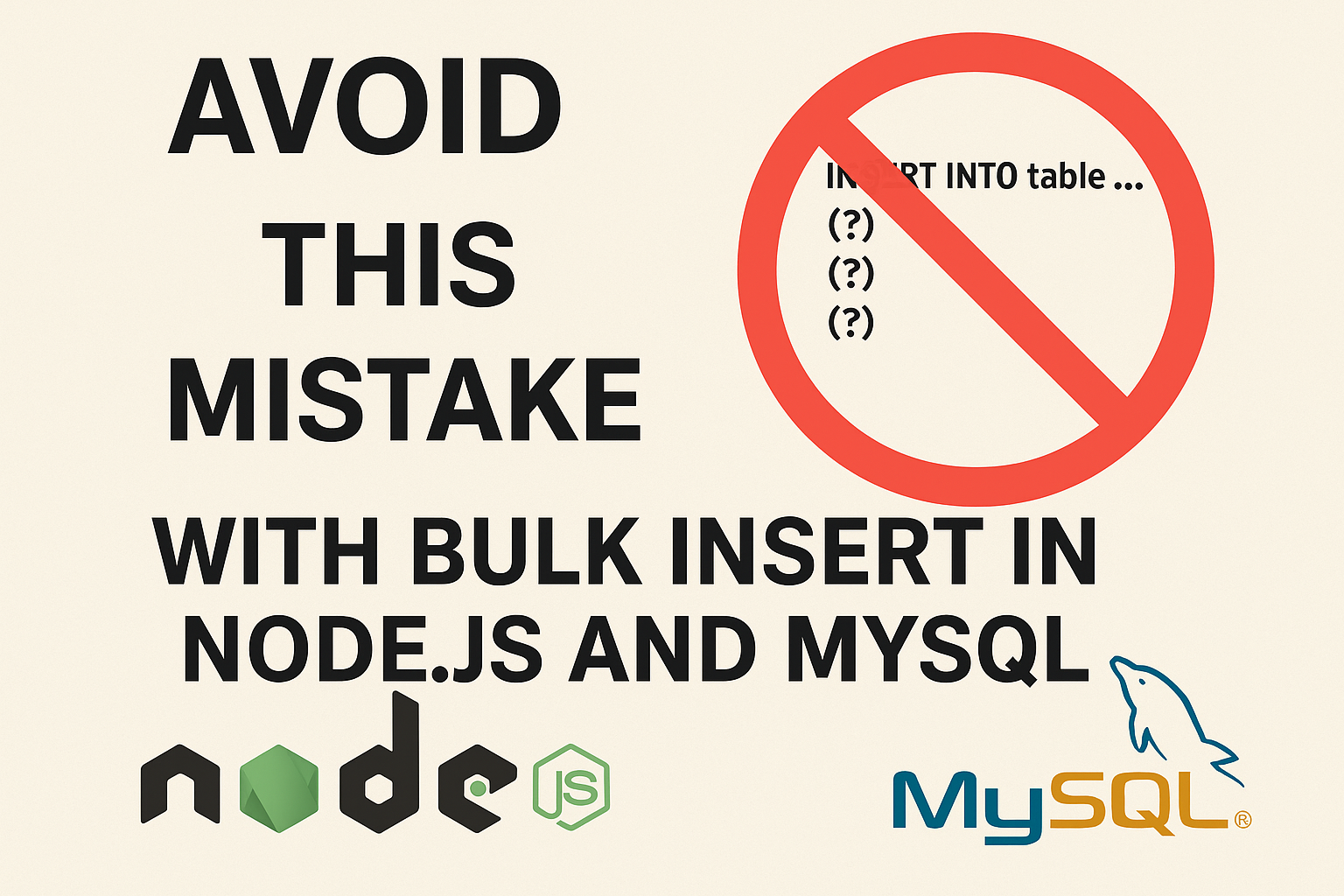Enhancing Microservice Communication with Connectors
By HoaiNho — Nick, Software Engineer
Introduction
In the realm of microservices, connectors are indispensable tools for ensuring seamless communication between services. They allow various services to share data efficiently, decoupling them from direct dependencies. This article explores the role of connectors in microservice architecture, their benefits, and provides an example of how to use Kafka Connectors for real-time data processing.
What Are Connectors in Microservices?
Connectors are software components that facilitate communication and data transfer between different services within a microservice architecture. By acting as intermediaries, they enable independent services to interact without requiring tight coupling. Connectors ensure data flows consistently between various services, making the system scalable and flexible.
Types of Connectors
There are several types of connectors used in microservices, each serving different purposes:
1. Message Brokers
Message brokers like Kafka Connectors help microservices communicate asynchronously. Services can publish and consume messages via topics, allowing for event-driven architecture. Kafka connectors make it possible to transfer data between services and external systems in real time.
2. Database Connectors
Elasticsearch Connectors and DynamoDB Connectors enable services to connect with databases to read, write, or update data. They help keep data synchronized across different systems, ensuring that each service has access to the latest information.
3. Cloud Service Connectors
These connectors allow microservices to integrate with cloud platforms (e.g., AWS, Azure, GCP). They are essential for building cloud-native applications, enabling services to use various cloud-based tools and databases seamlessly.
Benefits of Using Connectors in Microservices
1. Decoupling Services
By using connectors, services can interact without being directly aware of each other’s internal workings. This decoupling ensures that services can evolve independently without introducing tight coupling or dependencies.
2. Data Flow Optimization
Connectors are essential for optimizing how data is transferred between services. They manage data flow efficiently, ensuring high throughput and minimal latency, which is crucial for real-time systems.
3. Scalability
Connectors allow services to scale independently. By decoupling communication and data exchange, you can scale one service without needing to change others. This flexibility is essential for growing systems.
4. Fault Tolerance
Connectors can buffer and retry failed operations, ensuring that service failures do not result in lost messages or incomplete data transfers. This fault tolerance enhances the resilience of the overall system.
Challenges of Implementing Connectors
1. Configuration Complexity
Setting up connectors often involves complex configuration. For instance, configuring security settings (like SSL/TLS) and message handling (such as retries and offsets) requires attention to detail to avoid data loss or system vulnerabilities.
2. Performance Bottlenecks
Misconfigured connectors can lead to performance bottlenecks. High throughput systems can suffer from message queuing issues or latency, which need to be addressed through optimized connector configurations.
3. Data Format Compatibility
Inconsistent data formats across services can lead to integration issues. It’s important to maintain a unified data format strategy, ensuring that all services using the same connectors are able to process the data efficiently.
Example: Real-Time Data Processing with Kafka Connectors
Scenario:

Imagine a system where real-time data from a ride-hailing platform needs to be processed across multiple microservices, including:
- Driver Availability Service: Publishes updates when drivers become available.
- Location Service: Tracks the real-time location of drivers.
- Notification Service: Sends notifications when a driver is nearby.
Step 1: Setting Up Kafka Connectors
Kafka connectors are set up to handle communication between these services. The Driver Availability Service publishes driver status updates to a Kafka topic called driver-available. The Location Service consumes this topic and uses the data to track drivers’ real-time locations. Check all config at https://docs.confluent.io/platform/7.7/connect/references/allconfigs.html
Create a file
connect.properties
# Kafka broker addresses without HTTPS
bootstrap.servers=localhost:9092
# SASL authentication settings
sasl.mechanism=SCRAM-SHA-256
# Cluster level converters
key.converter=org.apache.kafka.connect.json.JsonConverter
key.converter.schemas.enable=false
value.converter=org.apache.kafka.connect.json.JsonConverter
value.converter.schemas.enable=false
errors.tolerance=all
errors.log.enable=true
errors.log.include.messages=true
errors.deadletterqueue.topic.name=dlq-driver-available-location
errors.deadletterqueue.context.headers.enable=true
# Offset storage and plugin path
offset.storage.file.filename=/tmp/connect.offsets
offset.flush.interval.ms=10000
plugin.path=./src/shared/elasticsearch/pandapost_integration/
# Transform setting
# transforms=insertTS,formatTS
# transforms.insertTS.type=org.apache.kafka.connect.transforms.InsertField\\$Value
# transforms.insertTS.timestamp.field=messageTS
# transforms.formatTS.type=org.apache.kafka.connect.transforms.TimestampConverter\\$Value
# transforms.formatTS.format="yyyy-MM-dd'T'HH:mm:ss"
# transforms.formatTS.field=messageTS
# transforms.formatTS.target.type=stringyyyy
Create a conector-sink-[ElasticSearch | Dynamo | Logger].properties
name=elasticsearch-sink-connector
# Connector class
connector.class=io.confluent.connect.elasticsearch.ElasticsearchSinkConnector
# The value converter for this connector
key.converter=org.apache.kafka.connect.storage.StringConverter
value.converter=org.apache.kafka.connect.json.JsonConverter
# Identify if value contains a schema
value.converter.schemas.enable=false
tasks.max=1
# Topic name to get data from
topics=driver-available-location
key.ignore=true
schema.ignore=true
# Update the urls meets with your host
connection.url=http://localhost:9200
connection.username=uride
connection.password=uride
Step 2: Real-Time Data Processing
- Driver Availability Service: Publishes messages to the driver-available topic whenever a driver becomes available.
- Location Service: Consumes these messages and updates driver location data in real time, enabling the system to display available drivers on a map.
- Notification Service: Monitors the same Kafka topic for changes and sends notifications to users when a driver is nearby.
Step 3: Error Handling and Resiliency
Kafka connectors ensure that if any service fails to consume the message, it can retry or send the message to a dead-letter queue. This guarantees that no updates are lost, even if one service experiences downtime or other issues.
Best Practices for Managing Connectors
1. Standardized Configurations
Ensure that connectors are configured consistently across all microservices. This reduces the risk of incompatibility or miscommunication between services.
2. Logging and Monitoring
Set up comprehensive logging and monitoring for connectors to track their performance, identify bottlenecks, and ensure that no messages are lost during transmission.
3. Security Configurations
Make sure to use secure communication protocols (e.g., SSL/TLS) and implement authentication mechanisms such as SASL to protect data in transit between microservices.
4. Versioning and Maintenance
Keep your connectors updated to the latest versions to take advantage of performance improvements and security patches. Regularly maintaining connectors reduces the risk of compatibility issues as your system evolves.
Conclusion
Connectors are an essential part of microservice communication, providing a robust and scalable way to handle data transfer between services. Whether you’re using Kafka, Elasticsearch, or DynamoDB, connectors allow microservices to communicate efficiently, scale independently, and remain resilient in the face of failures. By implementing best practices and carefully managing connectors, you can ensure smooth data flow across your system.
© 2024 HoaiNho — Nick, Software Engineer. All rights reserved.





